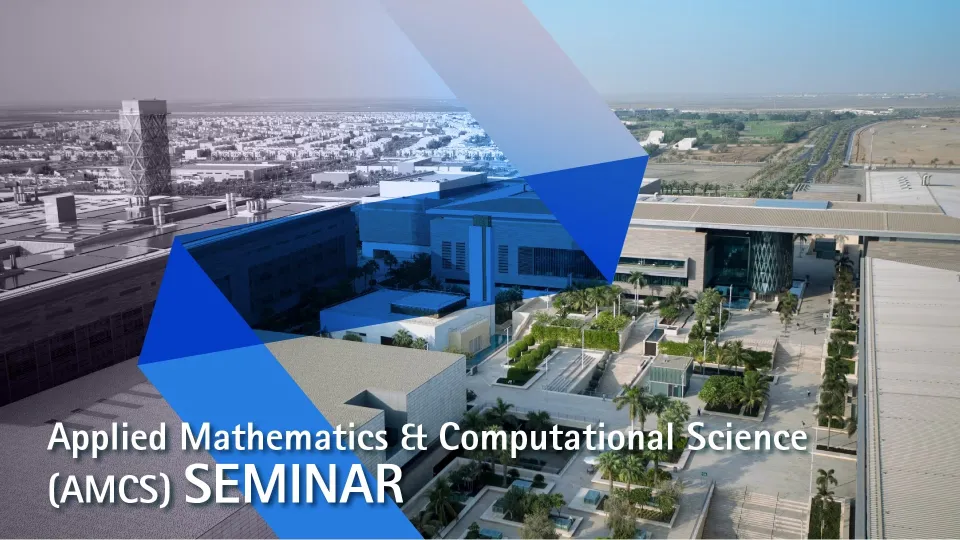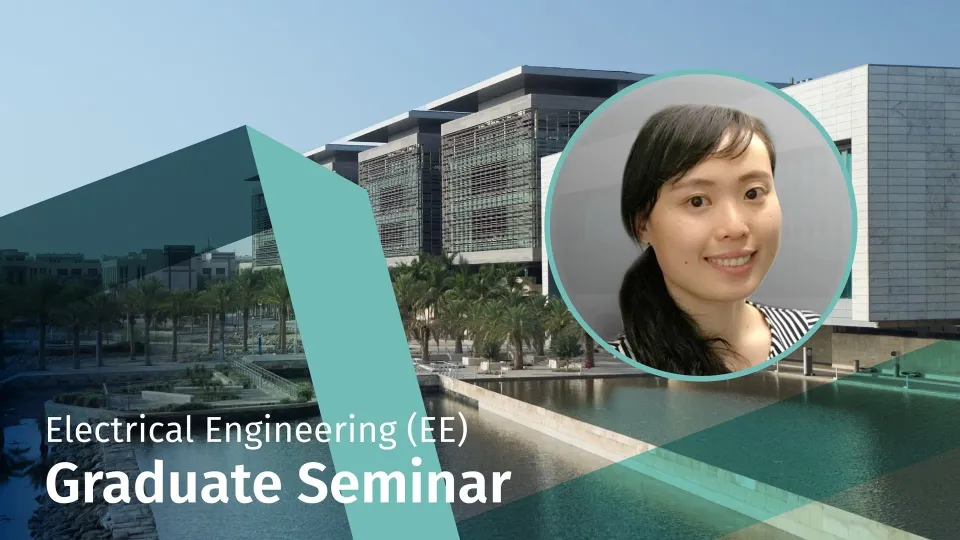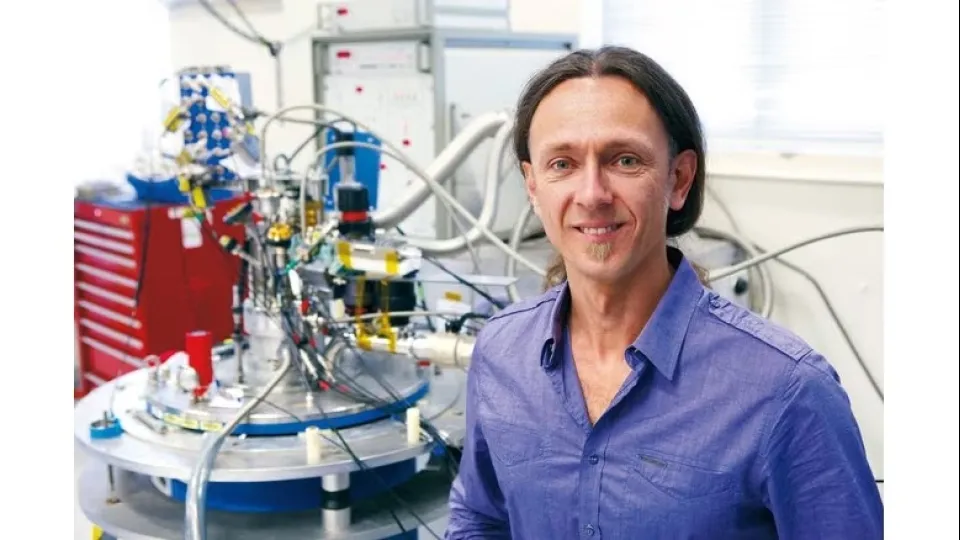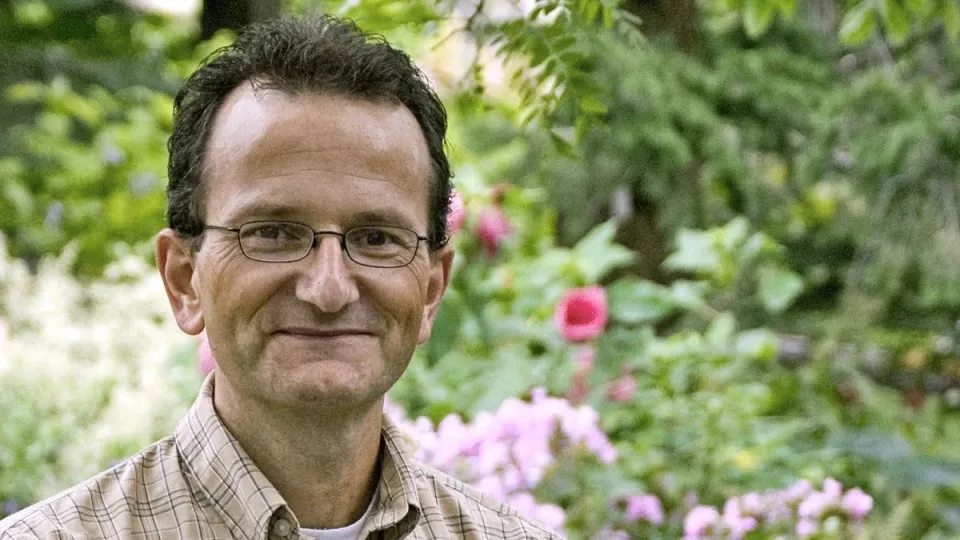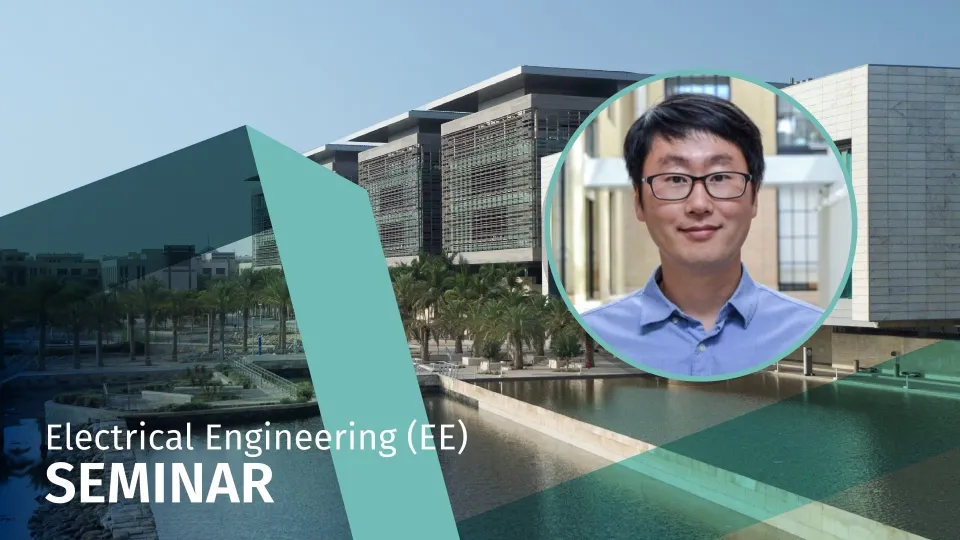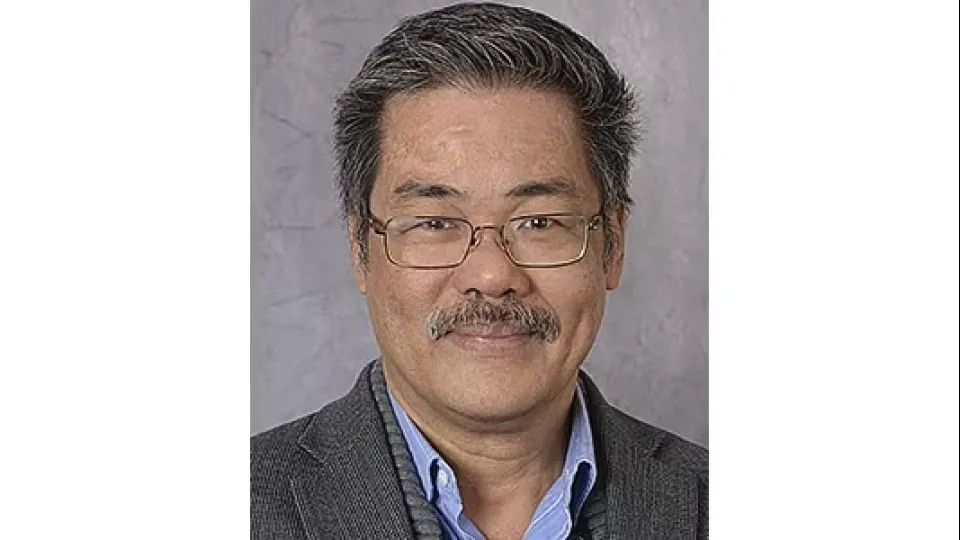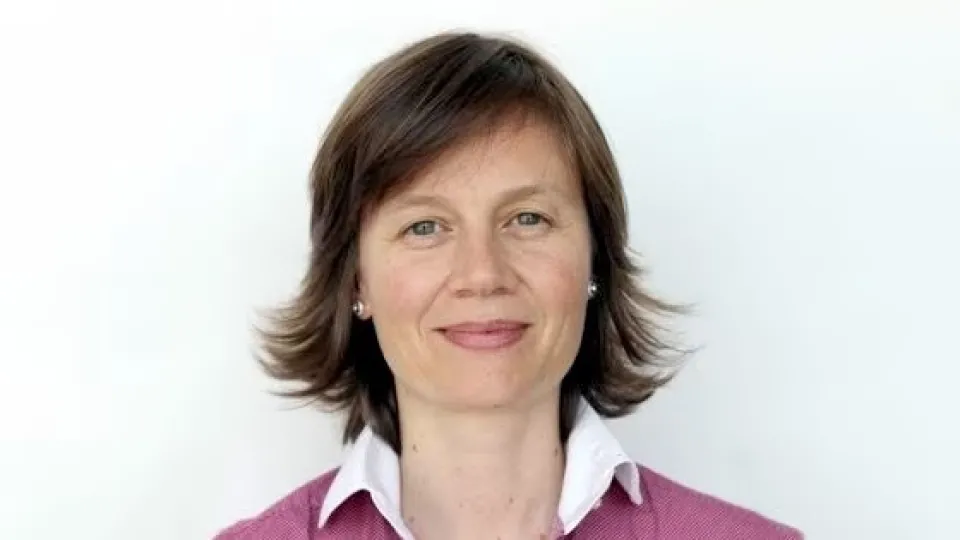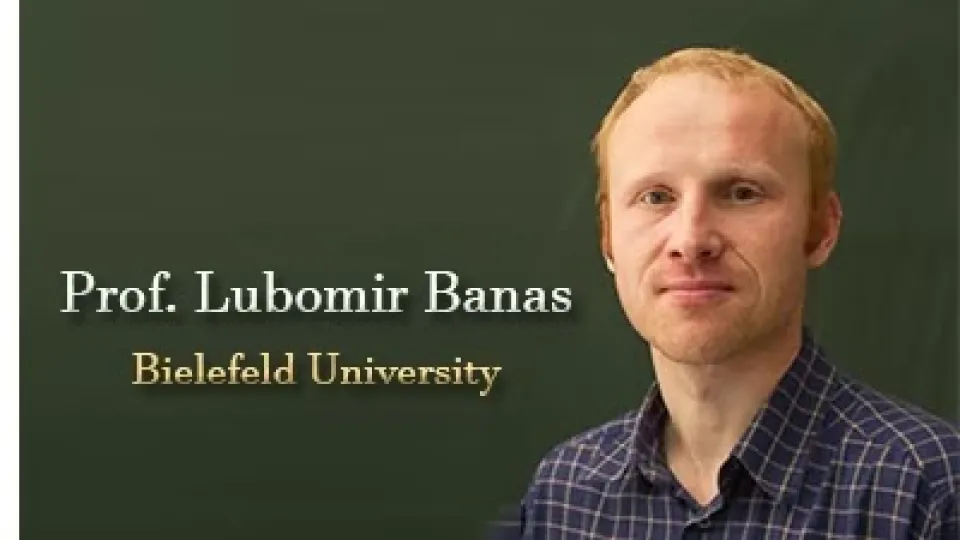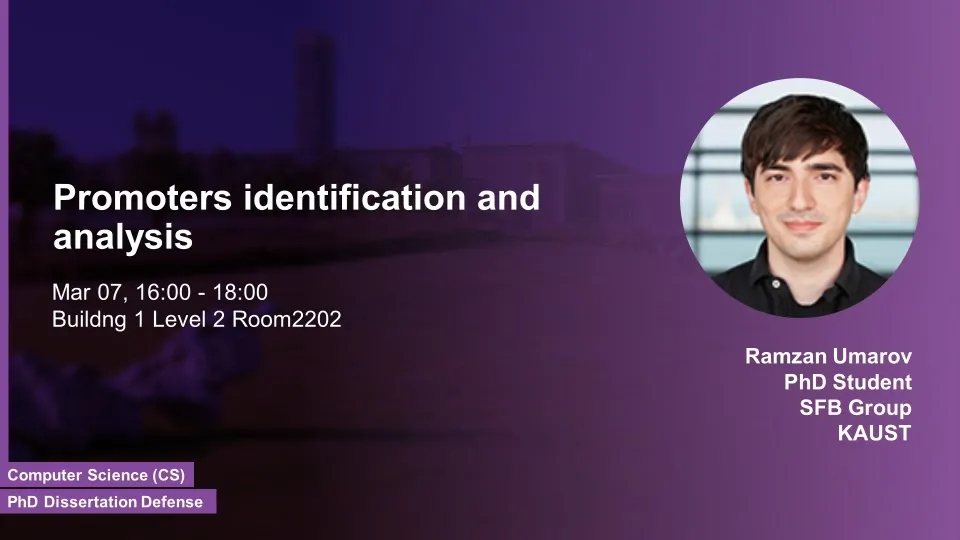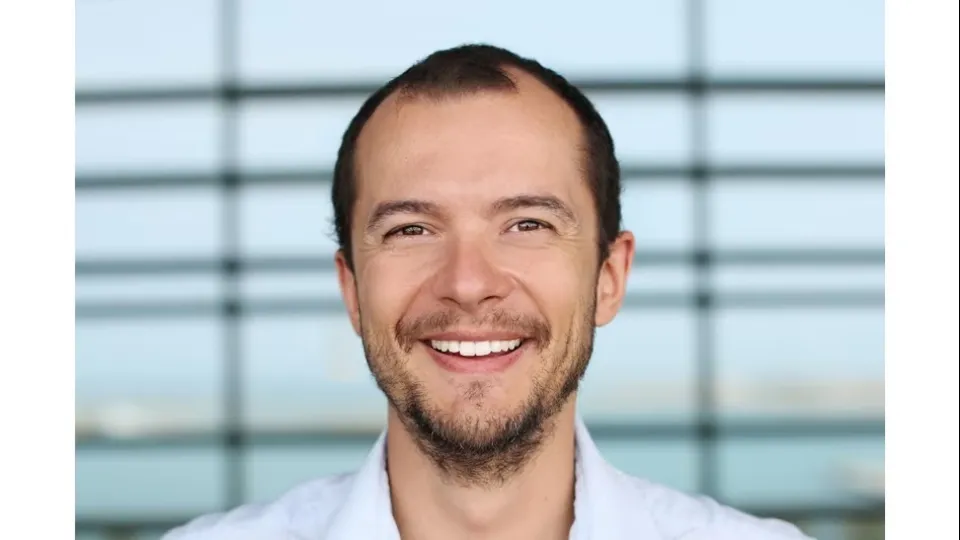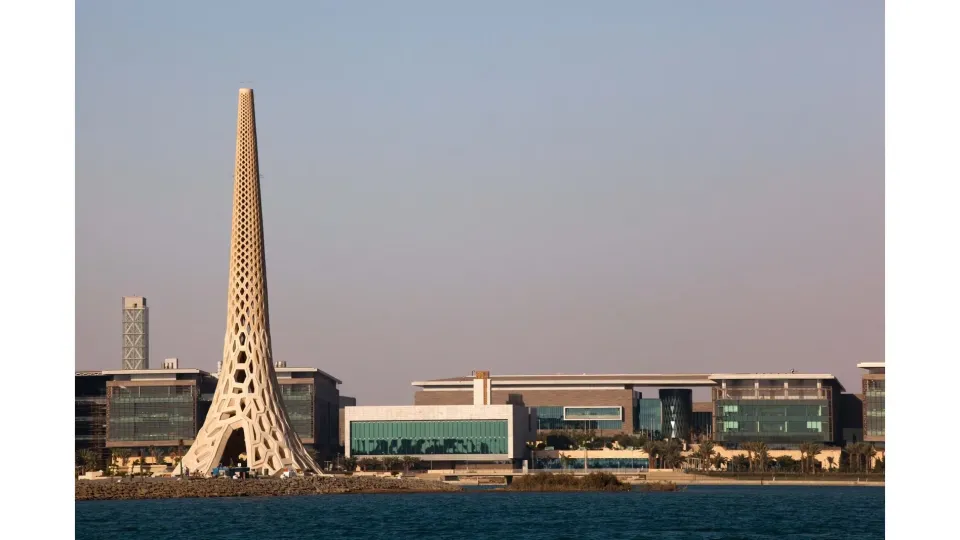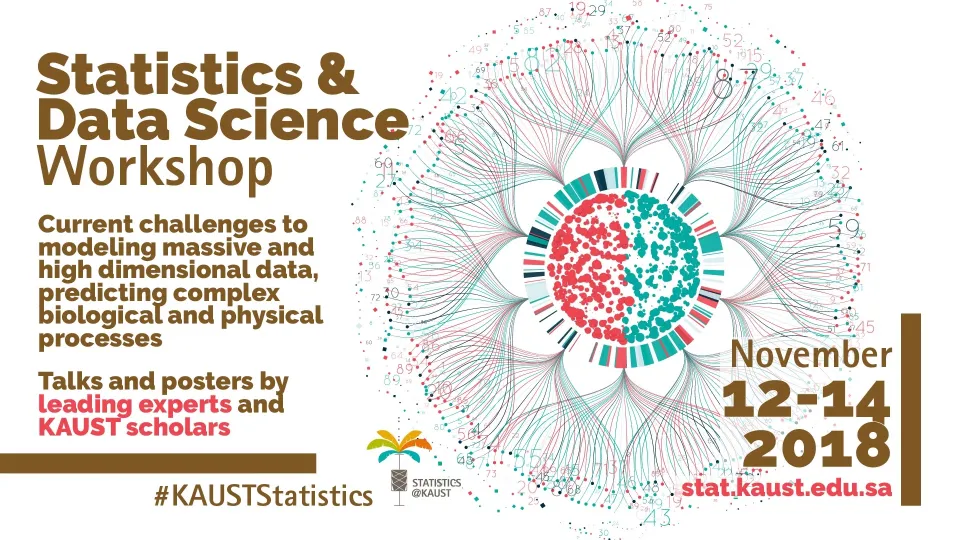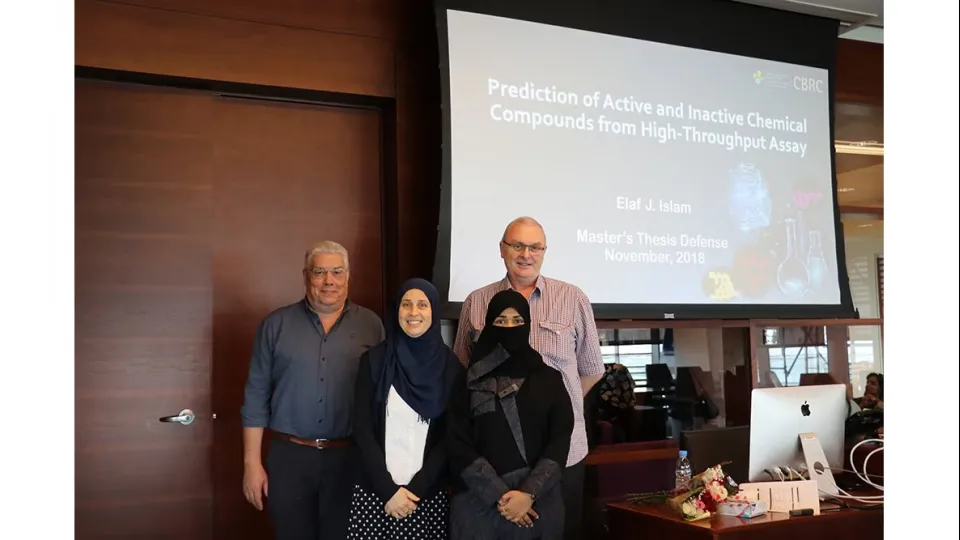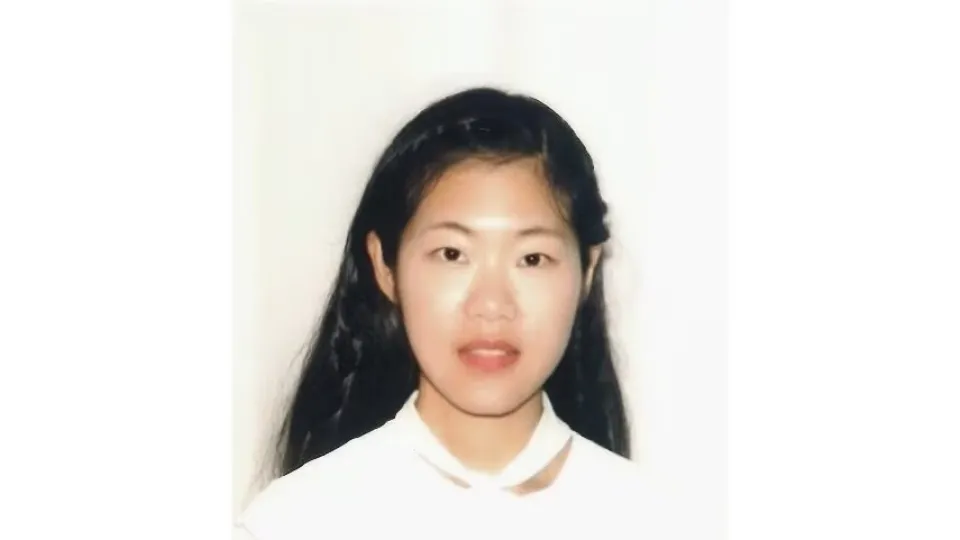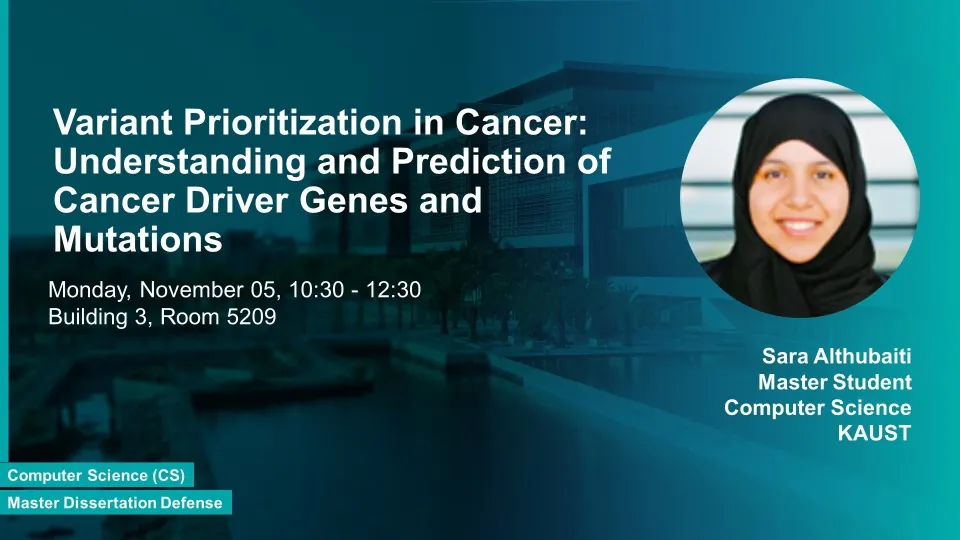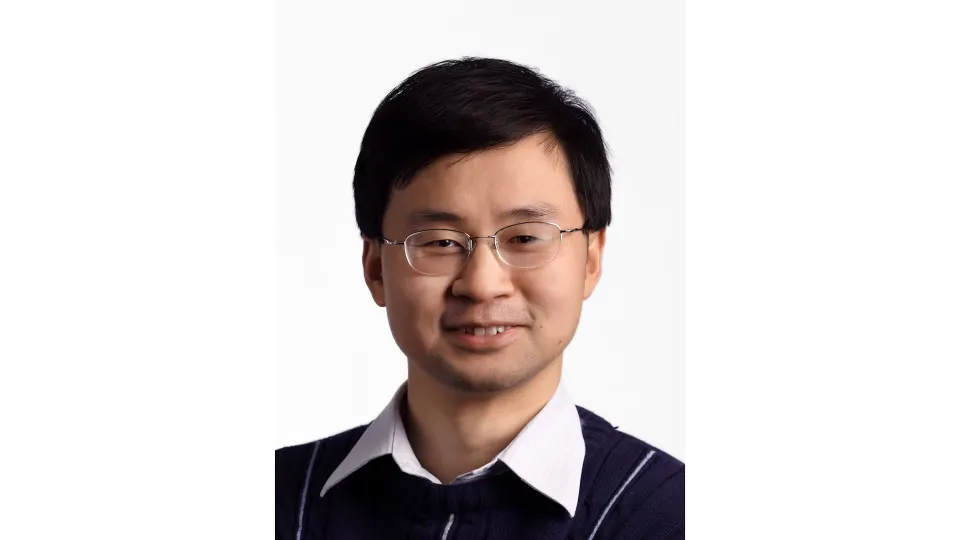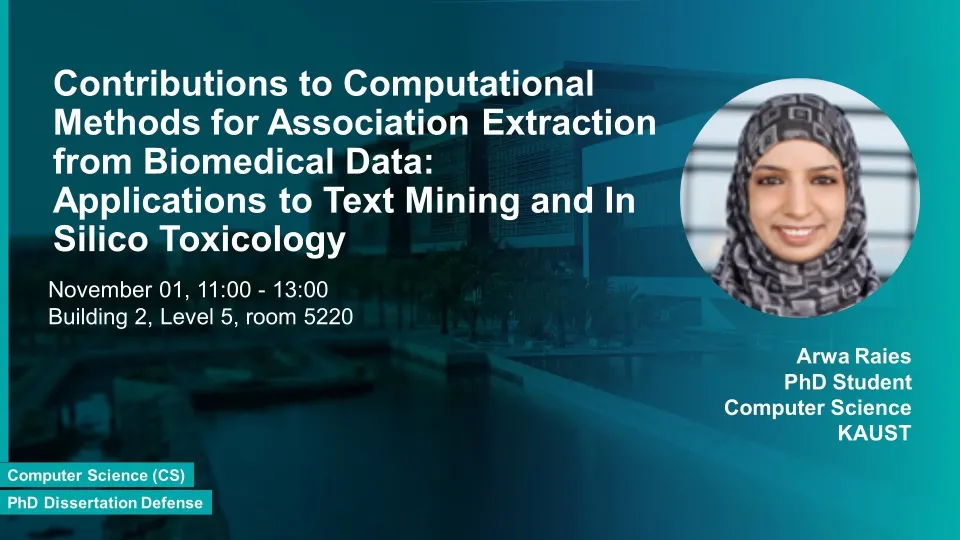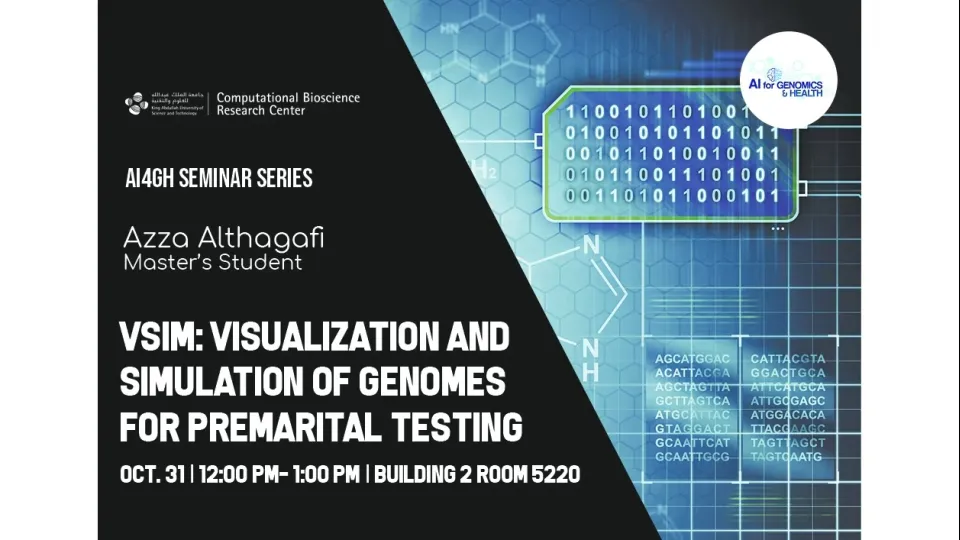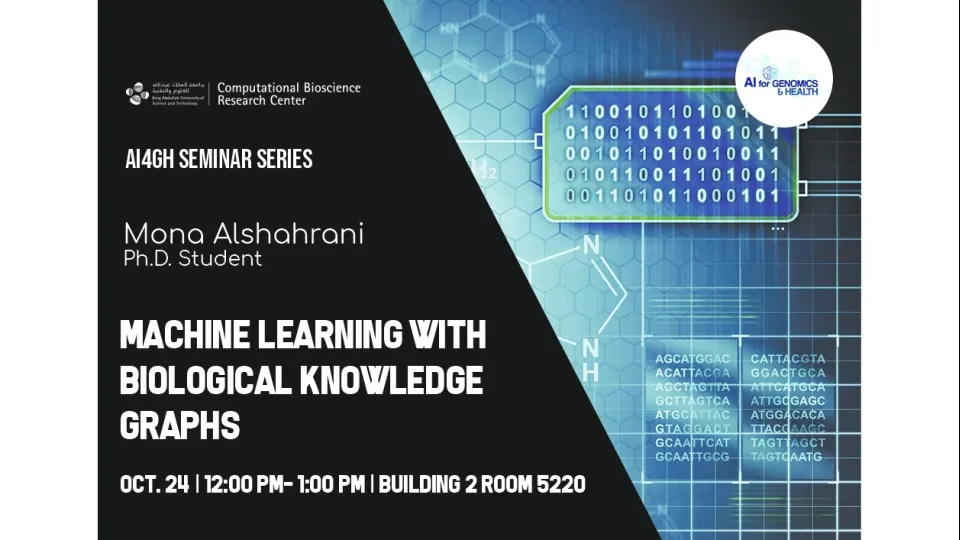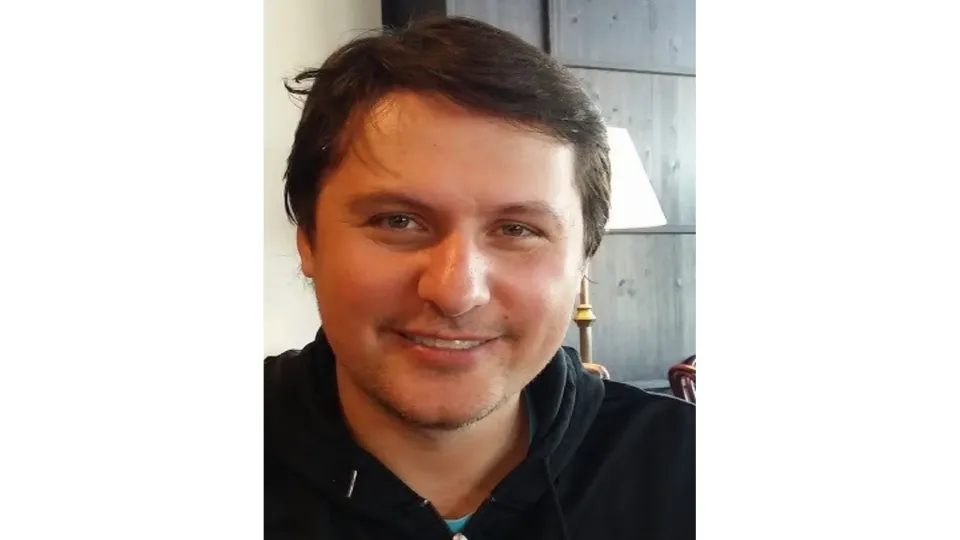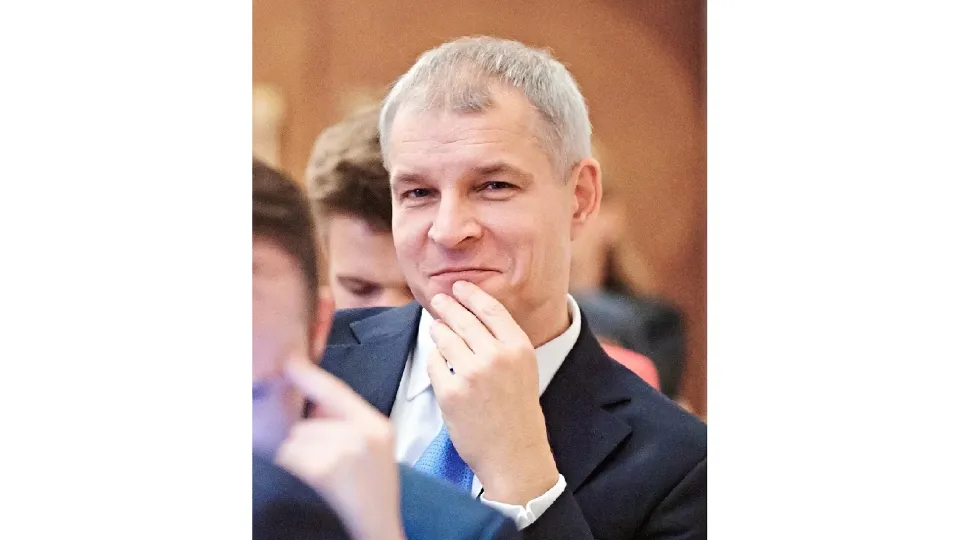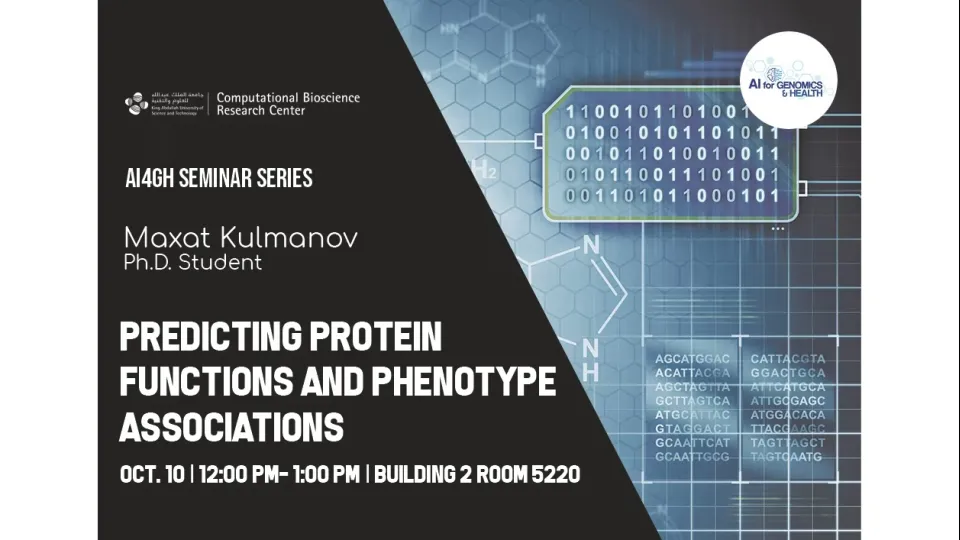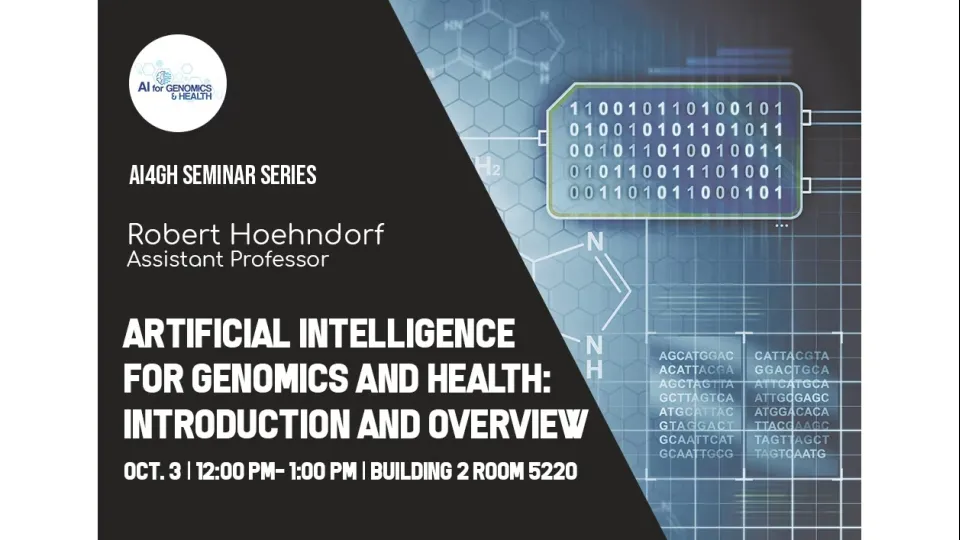Events
Mar 31 - Apr 6, 2019
Mar 24 - Mar 30, 2019
Mar 17 - Mar 23, 2019
Mar 10 - Mar 16, 2019
Mar 3 - Mar 9, 2019
Feb 24 - Mar 2, 2019
Feb 10 - Feb 16, 2019
Feb 3 - Feb 9, 2019
Large-scale Text and Data Integration for Cancer Genomics Research
Prof. D, Rebholz-Schuhmann (University Cologne, Germany)
-
B19 L3 H2
Jan 20 - Jan 26, 2019
Dec 16 - Dec 22, 2018
Dec 2 - Dec 8, 2018
Nov 25 - Dec 1, 2018
Exploring Protein-Protein Interactions with MEGADOCK: Parallelization, Application, and Open Database
Masahito Ohue Department of Computer Science, School of Computing, Tokyo Institute of Technology, Japan
-
B3 L5 R5220
Nov 18 - Nov 24, 2018
Nov 11 - Nov 17, 2018
2018 Workshop on Statistics and Data Science
-
Auditorium 0215 between Buildings 4 & 5
Nov 4 - Nov 10, 2018
Spatio-Temporal Data Analysis by Transformed Gaussian Processes
Yuan Yan, PhD Student of Prof. Marc Genton, KAUST
-
B2 L5 R5220
Oct 28 - Nov 3, 2018
Oct 21 - Oct 27, 2018
Oct 14 - Oct 20, 2018
Oct 7 - Oct 13, 2018
Sep 30 - Oct 6, 2018
Sep 16 - Sep 22, 2018
CS Graduate Seminar by visitor Professor Vadim Lozin
Vadim Lozin, Professor, University of Warwick, UK
-
KAUST
Jul 29 - Aug 4, 2018
Similarity Algorithms by Anas Ismail
-
B3 R5209
Jul 22 - Jul 28, 2018
AI in Cancer Precision Medicine
-
B3 R5220

